(NLDO) - Thanks to a warped space-time region, the James Webb super telescope has discovered a great treasure hidden inside the "cosmic fire dragon".
According to Space.com, dozens of ancient stars have been discovered from the distant Dragon Arc galaxy, shaped like a fiery dragon flying across the sky.
This stellar mass, detected through the warping of space-time, is the largest ever seen at such a distance.
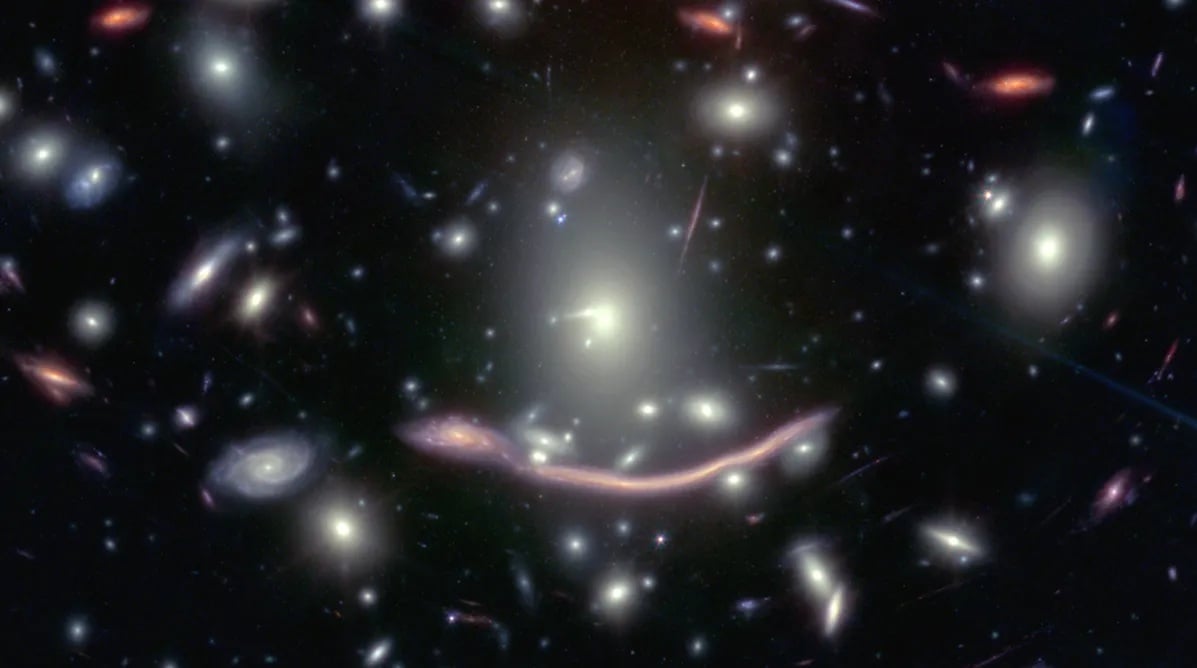
The "cosmic fire dragon" Dragon Arc contains a great astronomical treasure - Photo: NASA
The "cosmic fire dragon" is a spiral galaxy located 6.5 billion light years from Earth when the universe was only half its current age.
Normally, with a world so far away, it would be difficult to observe the stars inside. But a phenomenon called "gravitational lensing" has unlocked the secrets inside Dragon Arc.
Gravitational lensing is a phenomenon first predicted by Albert Einstein's general theory of relativity in 1915.
In modern astronomy, many gravitational lenses have been found and exploited to increase the observational power of telescopes.
With the James Webb telescope, the world's most powerful telescope, gravitational lensing offers a unique opportunity to peer "through space" into the past, clearly, of distant worlds.
Gravitational lenses can be thought of as giant magnifying glasses suspended in space. These are giant galaxies or galaxy clusters that stand between the telescope and the target being observed.
The tremendous gravitational pull from these foreground objects warps space-time, creating the effect of a magnifying glass.
In this case, light from Dragon Arc was bent by the gravity of Abell 370, a galaxy cluster located about 4 billion light-years from Earth.
Abell 370 is also the reason why the Dragon Arc - a spiral galaxy - is seen in the shape of a fiery dragon with a long tail.
In reality, it's still a spiral galaxy. But the image we see, through the warped space-time, has distorted it, with some of the light being stretched to form a "dragon's tail."
In a study just published in Nature Astronomy, Abell 370 further helped researchers detect 44 individual stars in the Dragon Arc's warped light tail.
Co-author Fengwu Sun from the Harvard and Smithsonian Center for Astrophysics (USA), said it was a serendipitous discovery while they were using Abell 370 to search for other ancient, distant galaxies.
But what they saw were stars, something that seemed impossible to observe at a distance of up to 6.5 billion light years.
To date, the largest individually imaged groups of stars discovered outside our Milky Way galaxy are inside neighboring galaxies, such as a few stars in the Andromeda galaxy.
"This groundbreaking discovery demonstrates for the first time that it is feasible to study large numbers of individual stars in a distant galaxy," the authors said.
Source: https://nld.com.vn/phat-hien-kho-bau-lon-an-ben-trong-mot-thien-ha-xoan-oc-19625010910322542.htm




![[Photo] Overcoming all difficulties, speeding up construction progress of Hoa Binh Hydropower Plant Expansion Project](https://vstatic.vietnam.vn/vietnam/resource/IMAGE/2025/4/12/bff04b551e98484c84d74c8faa3526e0)


![[Photo] Closing of the 11th Conference of the 13th Central Committee of the Communist Party of Vietnam](https://vstatic.vietnam.vn/vietnam/resource/IMAGE/2025/4/12/114b57fe6e9b4814a5ddfacf6dfe5b7f)
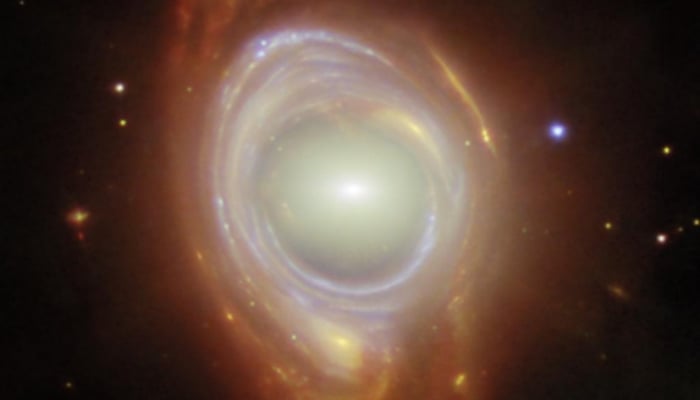


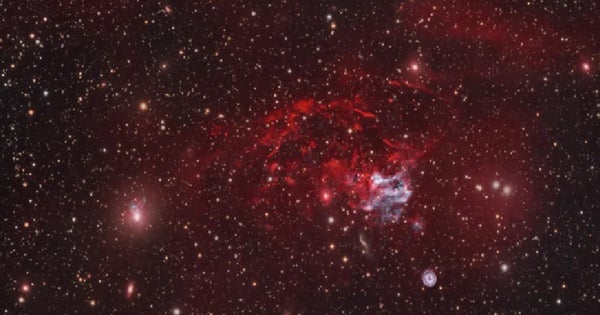
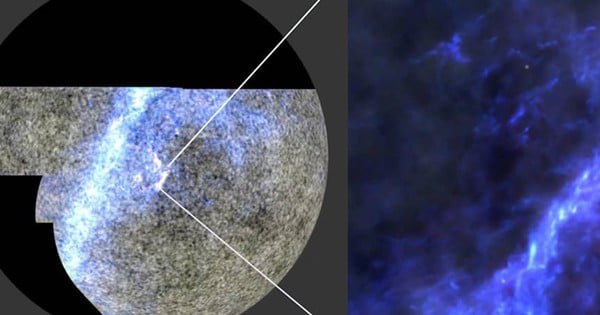


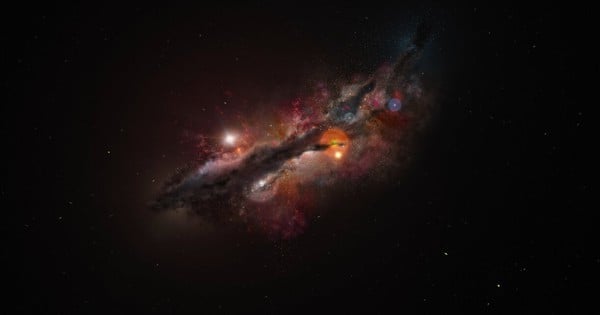













































































Comment (0)